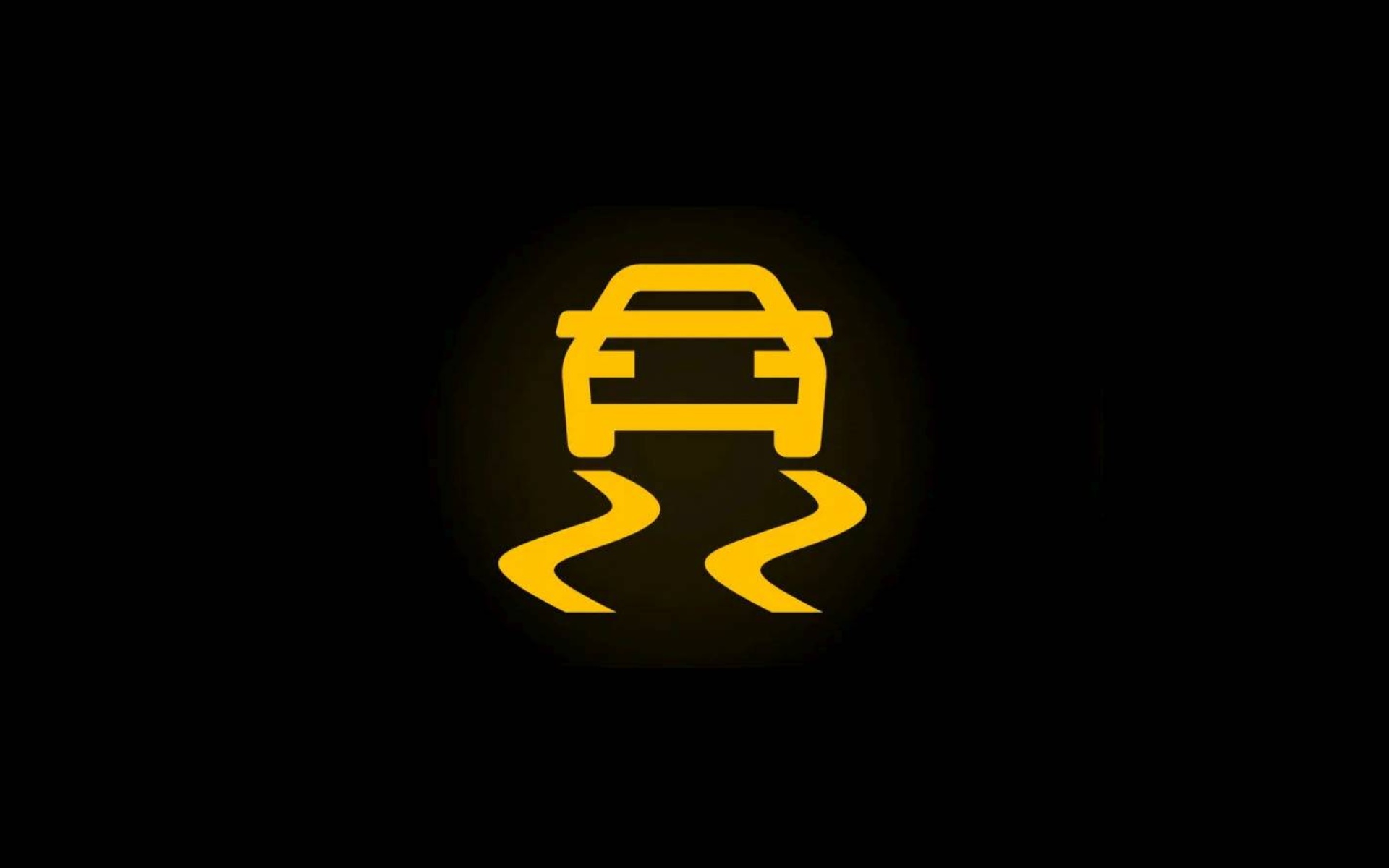ESC – What is Electronic Stability Control and how does it work?
What is ESC and how exactly does it work?
Cars have more and more electronic aids. ESC is a good example of such a tool. ESC ensures that your car remains steerable in a critical situation. When your car is in danger of skidding, for example. This could be during an evasive maneuver, a curve taken too quickly, or simply a slippery road surface.
According to British research, the chance of being involved in a fatal accident is reduced by about 25% when a car has an ESC system. In Sweden alone, ESP has reduced the number of collisions in rainy weather by 30%.
How does ESC work?
ESC works with sensors and a microprocessor. The system uses this to compare the direction the driver wants the car to go and the direction of movement of the car. The ESC system intervenes when the two do not match. It intervenes by reducing drive to individual wheels, or even braking. Through a short braking action on one of the wheels, the system tries to get the car back in a straight line.
Ideal operation
ESC is not a state-of-the-art system. It has been around for a long time. Mercedes-Benz had a system similar to a modern ESC system back in the 1990s. The operation has remained the same over all these years, but the system has been further refined. The system works so well, it has been mandatory on all new cars in Europe since 2014. You could argue that ESC is the most important invention for driving safety since the seat belt and airbag.
Grip
The system works ideally when the tires have sufficient tread. This is because with slick tires, you have less grip and the system will have to work more often and put more effort into keeping the car steerable. On the contrary, if you want to glide over the road a bit, you can hold down the ESC button a bit longer, disabling the system. You have to know what you are doing then, because you will be in complete control and there is no safety net.
ESC failure
When your car’s ESC system has a malfunction, the indicator light on your dashboard will come on. Malfunctions are not common, but occasionally it happens that the sensors are fouled. You can then have this cleaned at the local garage. It may also be that the sensors are so dirty that they need to be replaced. If you do not have specialist knowledge in this, it is very wise to have this done by the garage.
Difference ESC and ESP
Some cars do not have ESC but an ESP system. ESP stands for Electronic Stabilization Program. In fact, these are the same systems, only some automakers choose the ESC designation and others choose ESP instead. Other names for ESC that also occur are VDC (Vehicle Dynamic Control), VSA (Vehicle Stability Assist) and DSC (Dynamic Stability Control). ESC is sometimes confused with ABS. ABS has a different task. This system ensures that the wheels do not lock in an emergency stop. The ESC system does cooperate with the ABS system during an intervention.
Dutch invention
The inventor of ESC/ESP is Dr. ir. Anton van Zanten. Does that name look familiar to you? Probably not, but it does sound very Dutch. That’s right, because van Zanten is from the Netherlands and studied at TU Eindhoven. While working for German Bosch, he came up with the idea for the ESC system. According to Bosch, the computer-controlled anti-slip system has prevented 260,000 accidents in Europe and saved thousands of lives. And all thanks to Anton van Zanten. In 2016, the Dutchman received a Lifetime Achievement award from the European Patent Office for his work.

